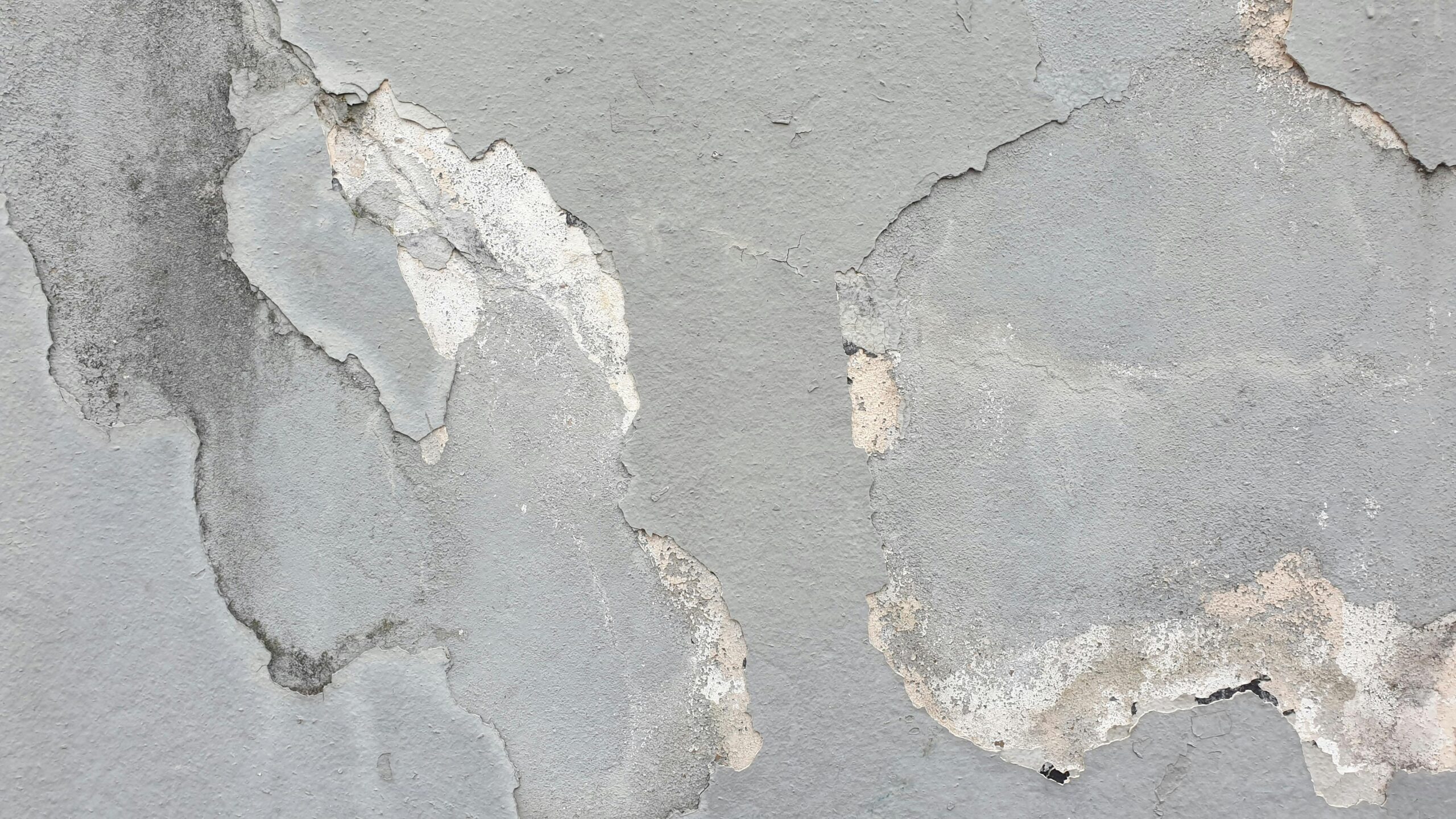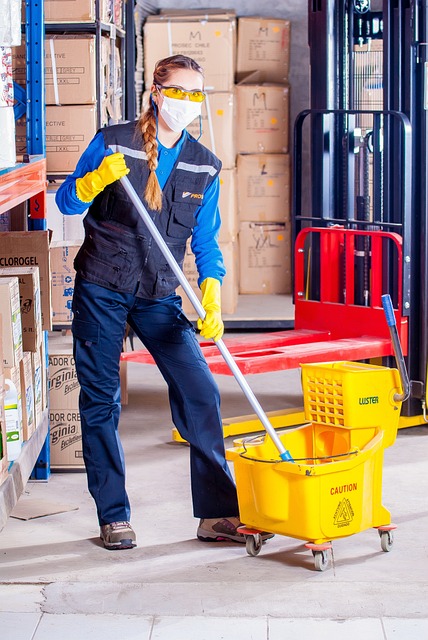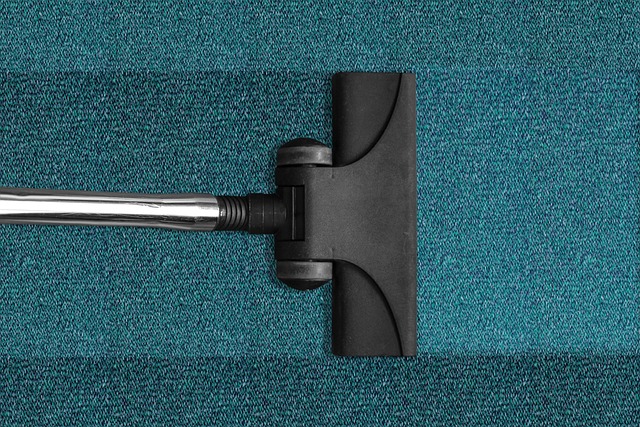Mold Removal in San Francisco

Mold damage is a common issue in many homes. The Indoor Air Quality Association has repeatedly warned about the extreme danger posed by mold and its spores. Therefore, if you are faced with this problem, the best course of action is not to attempt to eliminate it yourself but to seek help from a mold remediation service. Our company has extensive experience in dealing with such issues, so if you choose Mold Removal, San Francisco, you can rest assured that you will rid yourself of it once and for all.
What types of fungal are most common in San Francisco homes?

In-home environments in San Francisco, CA, particularly in areas like San Jose, Walnut Creek, Santa Clara, and the San Francisco Bay Area, several mold species are more prevalent, posing risks to health and indoor air quality. Some of the most common types of microscopic fungi include:
-
Aspergillus: Often found on surfaces containing organic material such as food, wood, or fabrics. It frequently triggers allergic reactions and asthma.
-
Penicillium: This type of fungal is commonly found in home environments and can appear on walls, furniture, wallpaper, and food products. Some species of Penicillium can be allergenic and produce toxins.
-
Cladosporium: This fungal species can be found in homes on both indoor and outdoor surfaces. It can cause allergic reactions and worsen asthma symptoms.
-
Black mold (Stachybotrys chartarum) arises due to water damage and is commonly found in homes in the Bay Area. It produces toxins known as mycotoxins and grows on materials containing cellulose, such as wood, drywall, and wallpaper. It can have adverse effects on respiratory organs.
-
Alternaria: This white mold species thrives in damp and warm areas of the home. It can trigger allergies and asthma in some individuals.
It’s important to note that many types of mold in Northern California can be harmful to health, especially for people with allergies, asthma, or other respiratory issues. When mold is detected in the home, it’s recommended to take measures to remove it and prevent its recurrence, such as addressing sources of moisture and ensuring proper ventilation in the premises. However, you should not perform fungal remediation yourself, as this should be done by a trained professional in special clothing and with specific liquids.
Where is mold most commonly found in San Francisco homes?
You may need mold removal experts if you encounter a mold issue in your home. You can easily spot it, and it doesn’t require any special knowledge. Based on our experts’ experience, mold tends to form in the following areas:
-
In the bathroom. Due to high humidity, especially after showering or bathing, mold can develop on walls, tiles, shower curtains, corners, and in hidden areas like behind mirrors or furniture.
-
In the kitchen. Mold can grow on walls, ceilings, stovetops, behind kitchen furniture, and under sinks, especially in the presence of leaks or spills.
-
In the basement and attic. Basements and attics can be susceptible to mold due to inadequate ventilation, condensation, and leaks. Mold can grow on walls, ceilings, floors, stored items, and in corners.
-
In poorly ventilated spaces. Closed or poorly ventilated rooms, such as closets, storage rooms, windowless bathrooms, or areas without ventilation systems, where mold spores have appeared.
To determine whether you need to seek help from a mold remediation company, you need to analyze indoor air quality and other indicators. Signs that indicate a mold problem include:
-
Stains and streaks on surfaces. Mold typically appears as black, green, or white spots on walls, ceilings, furniture, or other surfaces in your home.
-
Odor. Unpleasant, musty odors may indicate the presence of mold, especially if observed in specific areas of the house where moisture may be an issue. In warm environments, spores and bacteria multiply more intensively.
-
Allergic reactions. Some people may experience allergic symptoms such as congestion, coughing and itching in the eyes or skin when exposed to microscopic fungi. If such symptoms occur after mold removal in San Francisco, the issue likely stems from a large quantity of mold spores in the living space.
-
Formation of cobwebs or slime. Some types of mold may resemble cobwebs or slime on surfaces. They pollute the pure environment and according to our company’s employees, who provide professional mold removal services, can be hazardous to both people and the home itself.
If you notice signs of fungal in your home, it’s important to take action to remove it and prevent its recurrence, as mold can harm your health and quality of life. The best thing you can do for your health and well-being is to hire microscopic fungi remediation from a reliable company. Our specialists specialize in residential and commercial restoration and other mold remediation services. Only by contacting a professional service can you get rid of it in the long run.
How do staged mold removal and commercial restoration occur in San Francisco?
The first step is to contact our specialists in California and submit a request for mold inspection to a manager or answering service. Our fully licensed professionals will assess the situation and conduct a free on-site inspection. If mold is present, we will handle it effectively. Our mold removal services involve several stages:
-
Assessment of the affected area and identification of fungal type: Specialists conduct an inspection to assess the extent of the problem and identify the types of microscopic fungi present. This allows them to conduct fungal testing and develop a removal strategy.
-
Preparation of the area: Before work begins, the room is prepared by our effective restoration services team. This may include covering furniture with protective film, closing ventilation openings, and ventilating the rooms.
-
Removal and cleaning of damaged materials: Microscopic fungi can penetrate various materials such as drywall, wood, and wallpaper. Damaged materials are removed and disposed of in accordance with local regulations to maintain a healthy environment.
-
Air purification: Specialized air purification methods are employed, including the use of HEPA filters and air purifiers, to remove microscopic fungi particles from the air. This ensures even the tiniest mold spores are eliminated.
-
Addressing the root causes of microscopic fungi growth: The company may also offer advice and recommendations on addressing the underlying causes of mold growth, such as fixing leaks and improving ventilation.
-
Final quality control: After the fungal removal process is complete, a final quality control check is conducted to ensure the problem has been fully resolved and the area is safe for occupancy.
Note: Microscopic fungi treatment and removal are carried out using specialized solutions and antimicrobial agents that effectively target pathogens. During the treatment, certified specialists wear protective clothing and respirators to protect their health from the effects of negative microelements. If you try to do it yourself, you will be putting your life in danger.
Why should you turn to us for mold removal in San Francisco?
Our company specializes in water damage repair. Our qualified staff knows exactly what to do to remove microscopic fungi once and for all. Clients appreciate us for the following reasons:
-
We provide free assessments of the situation and then inform homeowners how long the remediation process will take;
-
We utilize innovative methods and equipment that allow us to efficiently and safely perform fungal removal in San Francisco;
-
We address not only the symptoms but also the root cause of mold growth. Once we fix the problem, customer satisfaction is guaranteed;
-
We tackle even the most challenging cases and can guarantee to prevent mold growth.
To order remediation in San Francisco and get rid of the problem, contact us at the numbers listed on the website. We promptly respond to requests and provide advice. In addition, after the work of our specialists, you will receive recommendations on how to care for the premises. Let’s stop mold growth together once and for all!
FAQ
What factors can contribute to mold growth in homes in San Francisco?
The humid climate and frequent fog in San Francisco create ideal conditions for fungal development. Poor ventilation and water leaks can also be the cause. So keep an eye on your building to protect it from mold.
What health consequences can residents living in mold-infested homes in San Francisco face?
Living in a mold-infested environment in San Francisco can lead to allergic reactions, breathing problems, asthma, and other respiratory diseases. Some types of microscopic fungi can release toxins, which can be particularly dangerous to health.
What recommendations can be given to residents of San Francisco to prevent fungal growth in homes?
Residents of San Francisco are advised to regularly ventilate their living spaces, fix water leaks, and ensure good ventilation in the bathroom and kitchen. It’s also important to monitor humidity levels and use humidifiers or dehumidifiers when necessary.
What methods are used for fungal removal in San Francisco?
The most effective methods include air purification, treatment with specialized solutions and antimicrobial agents, as well as removal of damaged materials and air filtration. Our professionals choose the method that best suits the situation.



